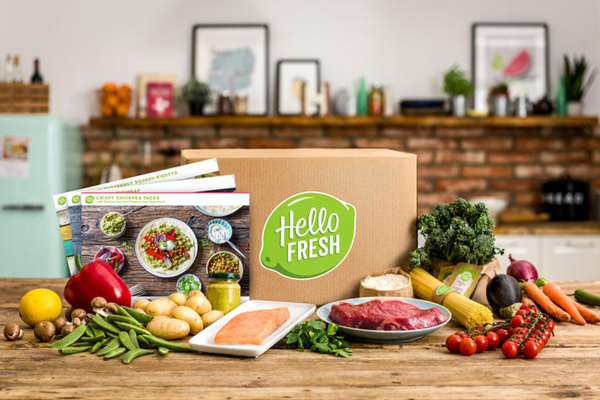What’s the difference, and why it matters for brands
From music, to food, to fashion, to laundry tablets, subscription services are sprouting up across a vast array of categories. As subscription services continue to increase their reach across industries, and consumers become accustomed to being subscribers for multiple services and products, brands will need to look for ways to differentiate from the crowd.
One simple way to do this may be in the name.
We surveyed 212 consumers in the UK to test a number of hypotheses around subscriptions, one of which was how people respond to the term ‘membership’ versus ‘subscription’.
What we found was that the two terms have different roles and associations.
‘Membership’ makes people feel as if they belong to a group or community. It has a more emotional response, and people feel they receive benefits rather than a service.
‘Subscription’ on the other hand is seen as more straightforward and simple. It allows people to feel in control as you pay for exactly what you get, and you can cancel at any point.
For certain categories the terminology is quite clear cut. For example, using ‘subscription’ for utility services allows people to feel more in control. ‘Membership’ feels overly personal for a service where security and clarity are key aspects.
‘Membership’ however works well for products or services that may reflect one’s identify in some way, for example furnishings or fashion.
But what about categories where there isn’t a clear cut rule for subscription vs membership?
Take HelloFresh, the popular food subscription service, as an example. Is there an opportunity to create a HelloFresh community and swiftly build greater brand loyalty and advocacy by inviting customers to be ‘members’ rather than ‘subscribers’?
While, yes, there are category norms for these terms and there are principles for which is appropriate and when, we at TVE are always thinking about how brands can drive change.
The question to brands is not simply ‘which term would suit my brand better’ but it is also ‘can we re-shape consumer and category norms by using different terminology’?


